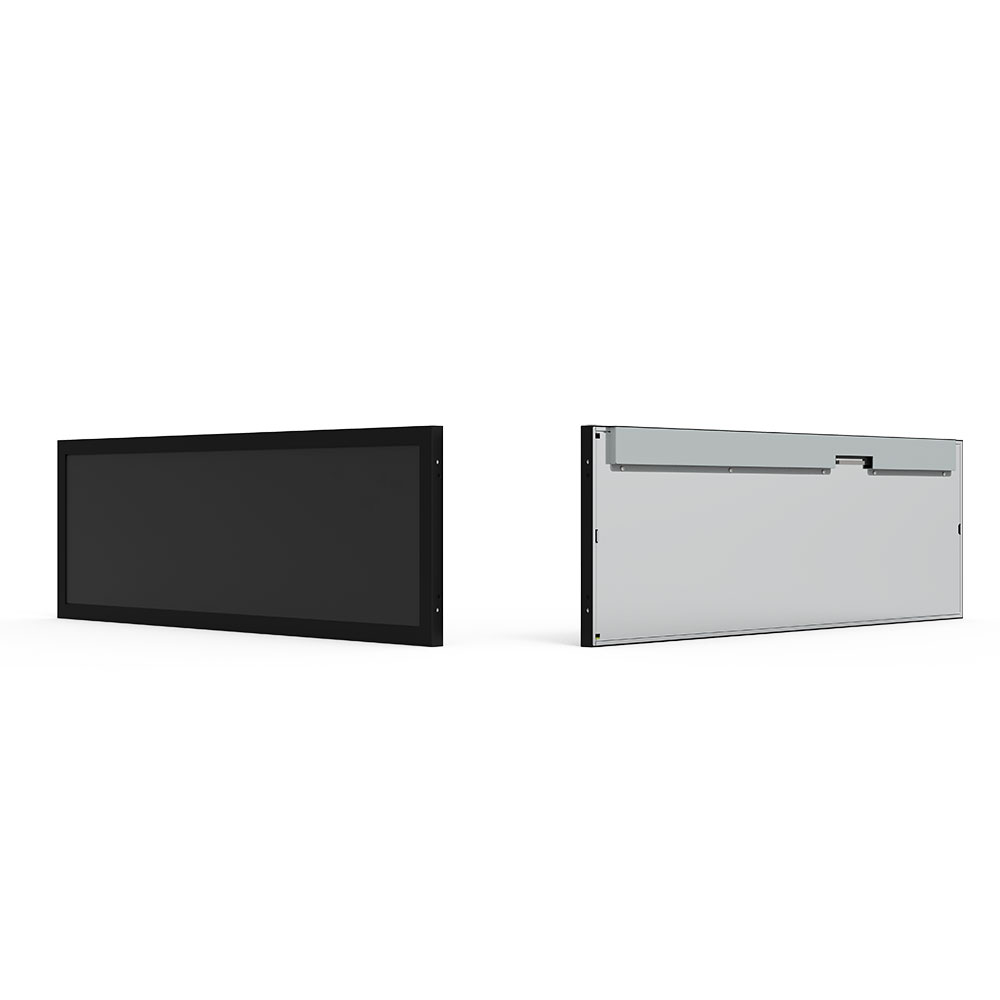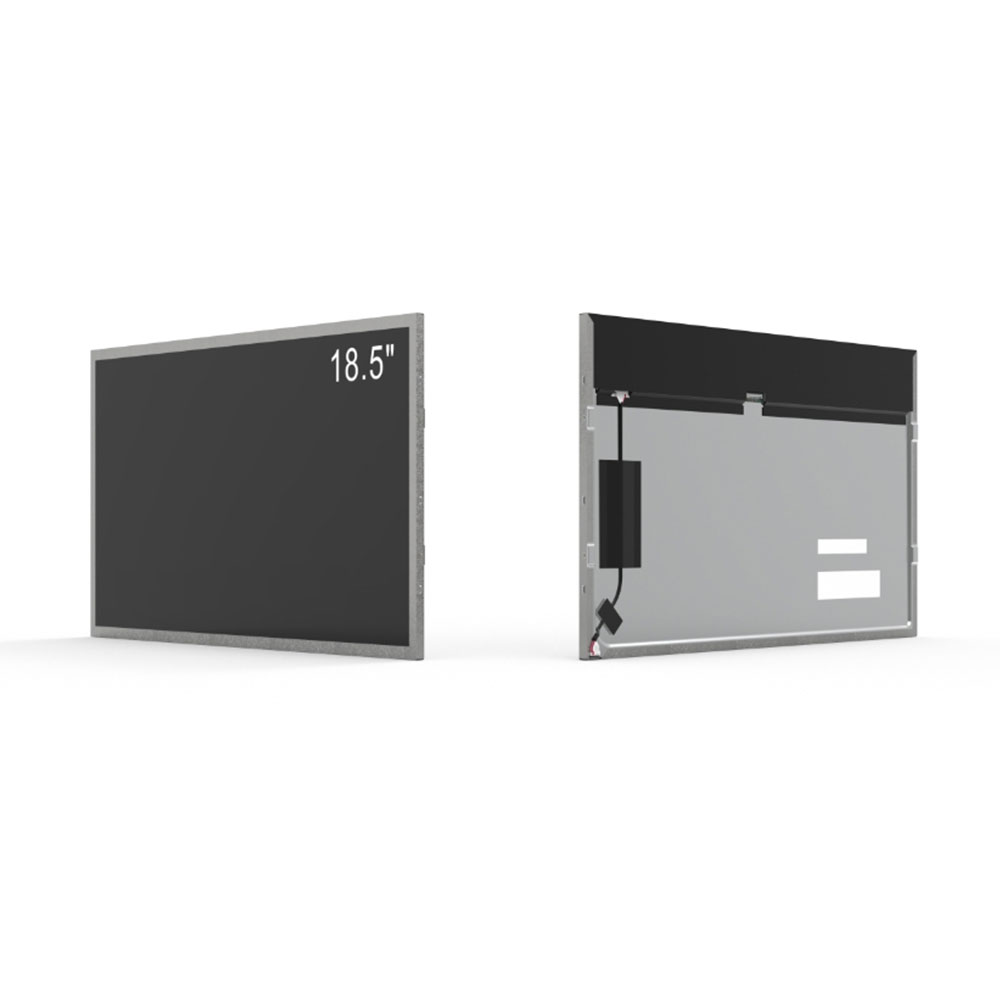- Home
- About Us
- Products
- News
- Video
- Contact
- Send Inquiry
Search
- Home
- About Us
- Products
- News
- Video
- Contact
- Send Inquiry

When selecting an outdoor LCD display for industrial applications, overseas equipment manufacturers and distributors must prioritize durability, visibility, and performance under extreme environmental conditions. Unlike indoor displays, outdoor units face constant exposure to sunlight, temperature fluctuations, humidity, dust, and mechanical stress—making robust engineering and precise specifications essential.
First, brightness is critical. For reliable visibility in direct sunlight, an outdoor LCD should offer at least 5000 nits of peak brightness. Industry standards such as ISO 9241-307 recommend this level for daylight readability. Displays with higher brightness (up to 10,000 nits) are ideal for high-glare environments like construction sites or solar farms. Always verify luminance using a calibrated light meter during testing.

Second, IP rating matters. An IP65 or higher ingress protection ensures resistance to dust and water jets—critical for factories, warehouses, or marine installations. Some models even reach IP68, offering full submersion protection up to 1 meter. For cold climates, check the operating temperature range; professional-grade units typically support -30°C to +70°C.
Third, display technology affects longevity and clarity. LED-backlit LCDs outperform older CCFL models in energy efficiency and lifespan, often exceeding 100,000 hours. OLEDs are gaining traction for ultra-high contrast but require careful thermal management in outdoor use.
Fourth, mounting and connectivity options must align with your system integration needs. VESA-compatible brackets, ruggedized enclosures, and PoE (Power over Ethernet) support streamline deployment across global supply chains.

Finally, consider serviceability. Manufacturers with local technical support, spare parts availability, and firmware updates ensure long-term ROI. Case studies from automotive manufacturing plants in Germany and mining operations in Australia show that well-maintained outdoor displays reduce downtime by over 40%.

By focusing on these parameters—brightness, environmental resilience, technology choice, and service infrastructure—overseas OEMs can select displays that not only meet current needs but also scale with future industrial automation demands.